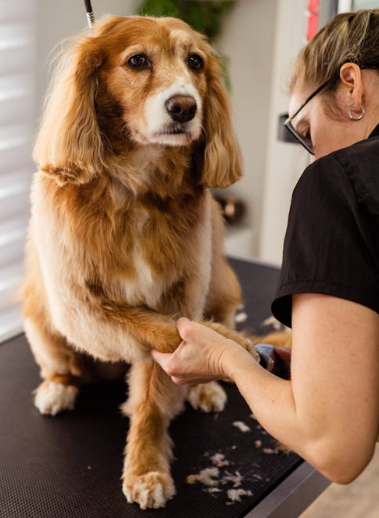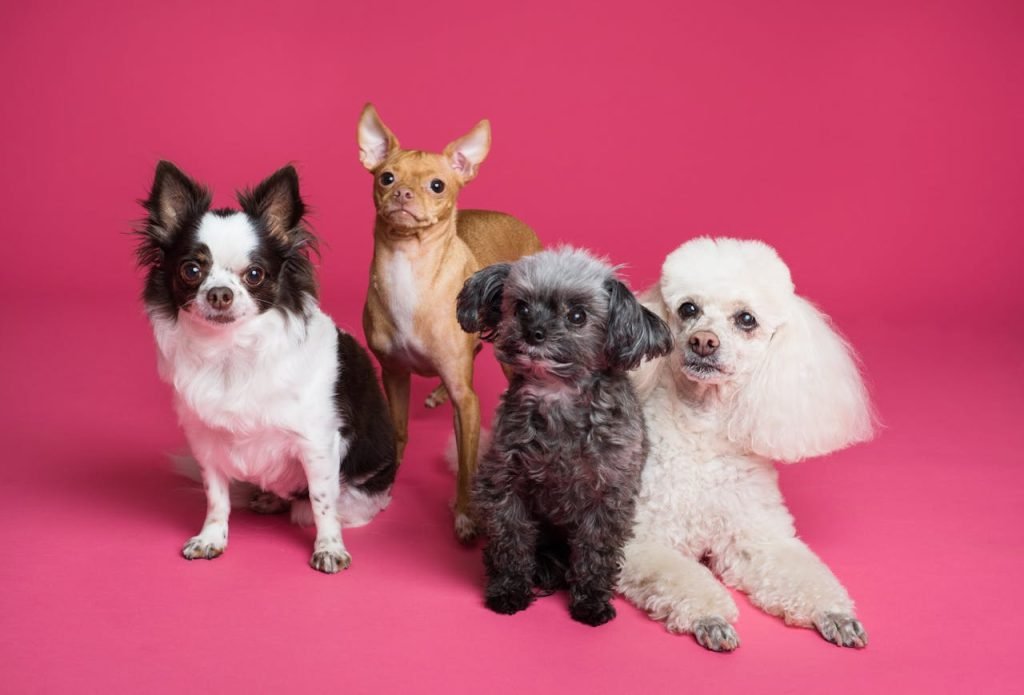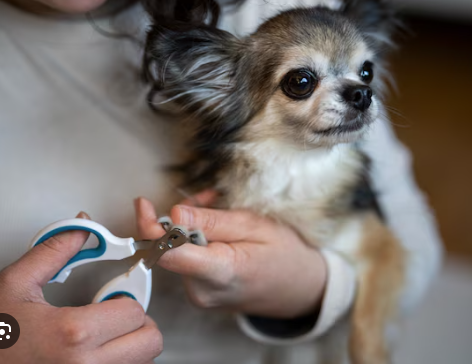Why Regular Dog Nail Clipping is Essential for Your Pet’s Well-Being
Learn the importance of dog nail clipping for health and comfort. Discover expert tips for safe and effective nail care for your furry friend. Maintaining your dog’s nail health is not just a grooming task—it’s a crucial aspect of their overall well-being. Untrimmed nails can lead to pain, postural problems, and even infections. Regular nail clipping ensures your furry friend stays comfortable, active, and happy.
Understanding Dog Nails

Anatomy of Dog Nails
Dog nails are composed of keratin and have a quick—blood vessel and nerve-filled center. When nails grow too long, they can cause pain or become prone to splitting. Proper trimming helps avoid these issues while protecting your pet’s paws.
Growth Patterns and Impact on Health
Dog nails grow continuously and can curl inward or outward if not maintained. Overgrown nails alter your dog’s posture, leading to joint stress and discomfort, especially during walks or runs.
The Role of Regular Nail Clipping
Preventing Discomfort and Pain
Long nails press against paw pads, causing discomfort. In severe cases, they can embed into the skin, resulting in infections or open wounds.
Avoiding Joint and Posture Problems
Overgrown nails affect your dog’s gait, forcing them to shift weight unevenly. This can lead to long-term issues like arthritis or joint damage.
Guarding Against Infections
Untrimmed nails collect dirt and bacteria, increasing the risk of infections around the nail bed or paw area. Regular trimming keeps hygiene in check.
Signs Your Dog’s Nails Need Clipping
Observable Changes in Gait
If your dog begins limping or walking awkwardly, their nails may be the culprit.
Clicking Sounds While Walking
Hearing a tapping sound on hard floors indicates overly long nails.
Visible Curvature in Nails
If you notice nails curving into the paw pad, it’s time to trim.

Why Regular Dog Nail Clipping is Essential for Your Pet’s Well-Being
Maintaining your dog’s nail health is not just a grooming task—it’s a crucial aspect of their overall well-being. Untrimmed nails can lead to pain, postural problems, and even infections. Regular nail clipping ensures your furry friend stays comfortable, active, and happy.
The Importance of Dog Nail Clipping
Preventing Discomfort and Pain
Long nails press against paw pads, causing discomfort. In severe cases, they can embed into the skin, resulting in infections or open wounds.
Avoiding Joint and Posture Problems
Overgrown nails affect your dog’s gait, forcing them to shift weight unevenly. This can lead to long-term issues like arthritis or joint damage.
Guarding Against Infections
Untrimmed nails collect dirt and bacteria, increasing the risk of infections around the nail bed or paw area. Regular trimming keeps hygiene in check.
Signs Your Dog’s Nails Need Clipping
Observable Changes in Gait
If your dog begins limping or walking awkwardly, their nails may be the culprit.
Clicking Sounds While Walking
Hearing a tapping sound on hard floors indicates overly long nails.
Visible Curvature in Nails
If you notice nails curving into the paw pad, it’s time to trim.
How to Properly Clip Your Dog’s Nails

Tools You Need for Nail Clipping
Invest in dog-specific clippers, styptic powder (for accidental quick cuts), and a comfortable restraint like a harness.
Step-by-Step Guide to Nail Clipping
- Calm your dog with treats and soothing words.
- Identify the quick to avoid cutting into it.
- Use sharp clippers to trim the nail in small increments.
- Reward your dog for good behavior.
Common Challenges in Dog Nail Clipping
Overcoming Fear and Resistance
Many dogs resist nail trimming due to fear or past trauma. Use positive reinforcement and start slowly to build trust.
Managing Bleeding or Accidental Cuts
If you cut the quick, apply styptic powder to stop the bleeding immediately.
Benefits of Professional Grooming Services
Expertise and Safety
Professional groomers are trained to handle nervous dogs and ensure a painless experience.
Additional Grooming Services During Nail Trimming
Groomers often bundle nail clipping with fur trimming, ear cleaning, and other services.
Importance of Dog Nail Clipping FAQs
Why do dogs hate nail trimming?
Most dogs associate nail trimming with discomfort or fear, often due to past experiences.
How often should I trim my dog’s nails?
Every 3-4 weeks, depending on their growth rate and activity level.
What happens if I don’t clip my dog’s nails?
Long nails can cause pain, infections, and long-term joint damage.
Can I use human nail clippers for my dog?
It’s not recommended; dog-specific clippers are designed for their nail structure.
What should I do if I cut my dog’s quick?
Calm your dog and apply styptic powder to stop the bleeding. Seek veterinary care if necessary.
How can I make nail clipping stress-free for my dog?
Use treats, soothing music, and patience to help your dog relax.

Conclusion
Dog nail clipping is not just about appearance—it’s about health, comfort, and mobility. With regular care, you can prevent pain, infections, and long-term issues while keeping your furry friend active and happy.



Pingback: Importance of Regular Dog Grooming for a Healthy, Happy Pet. - Dog Groomer Camden, SC